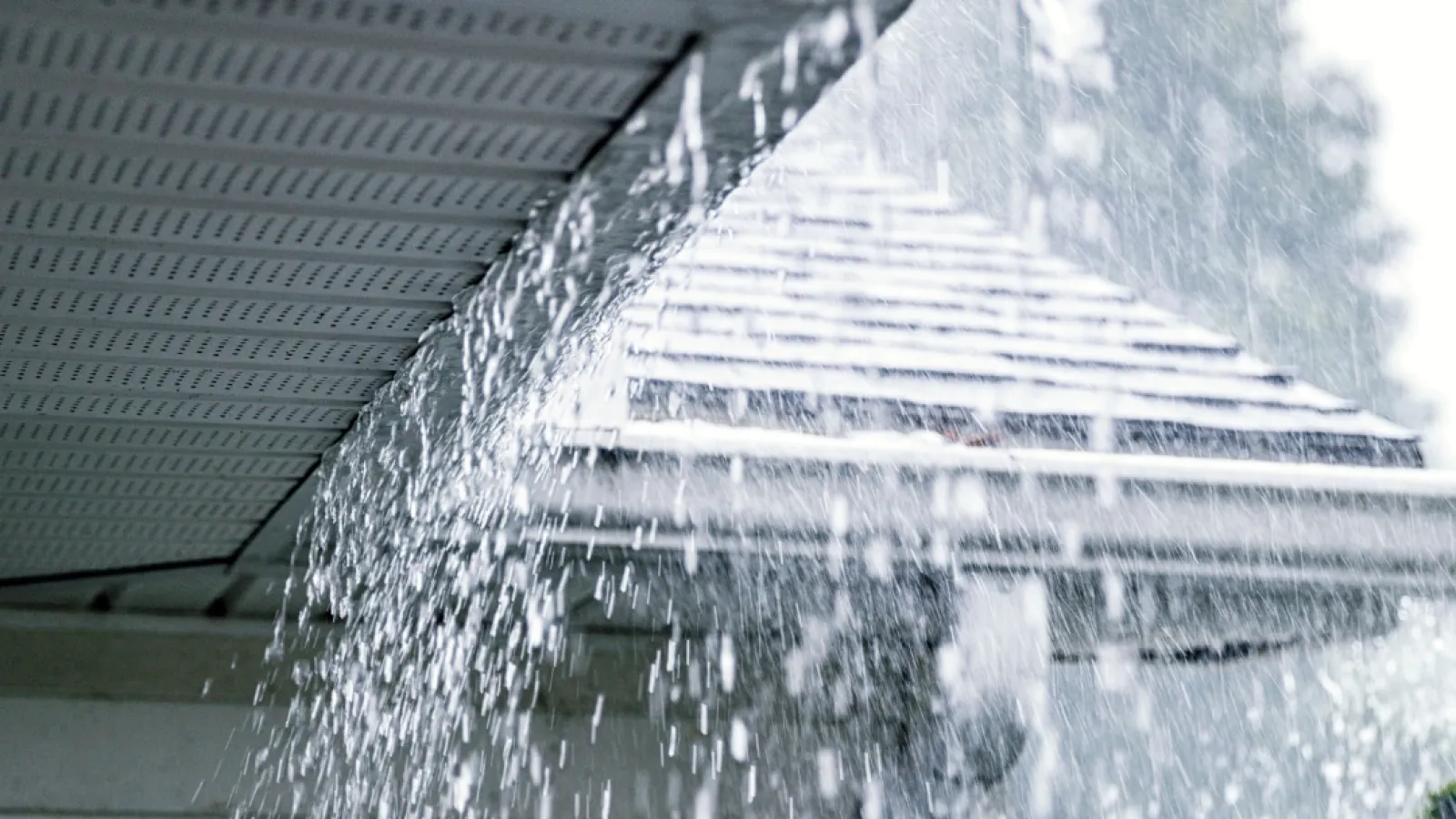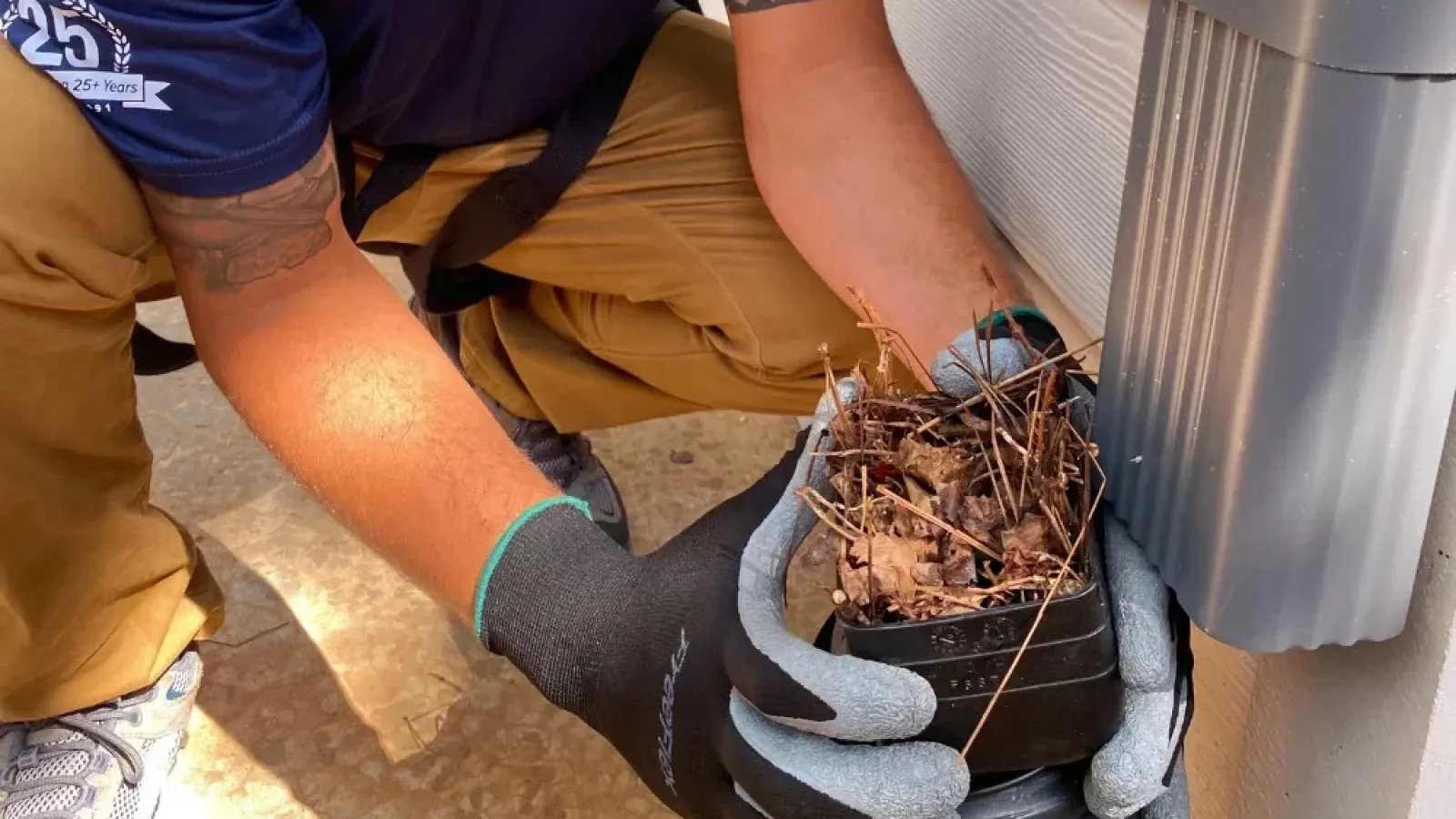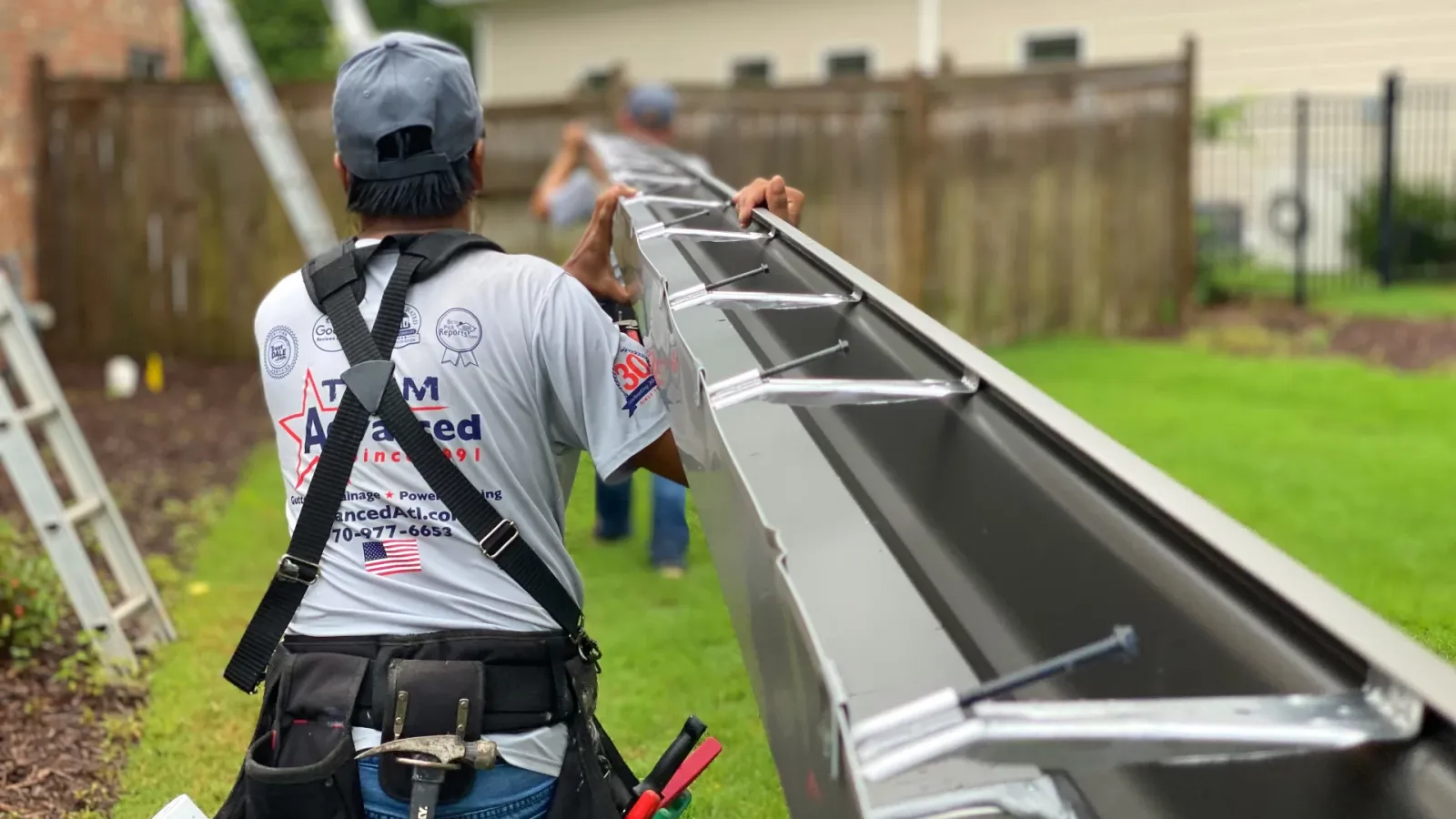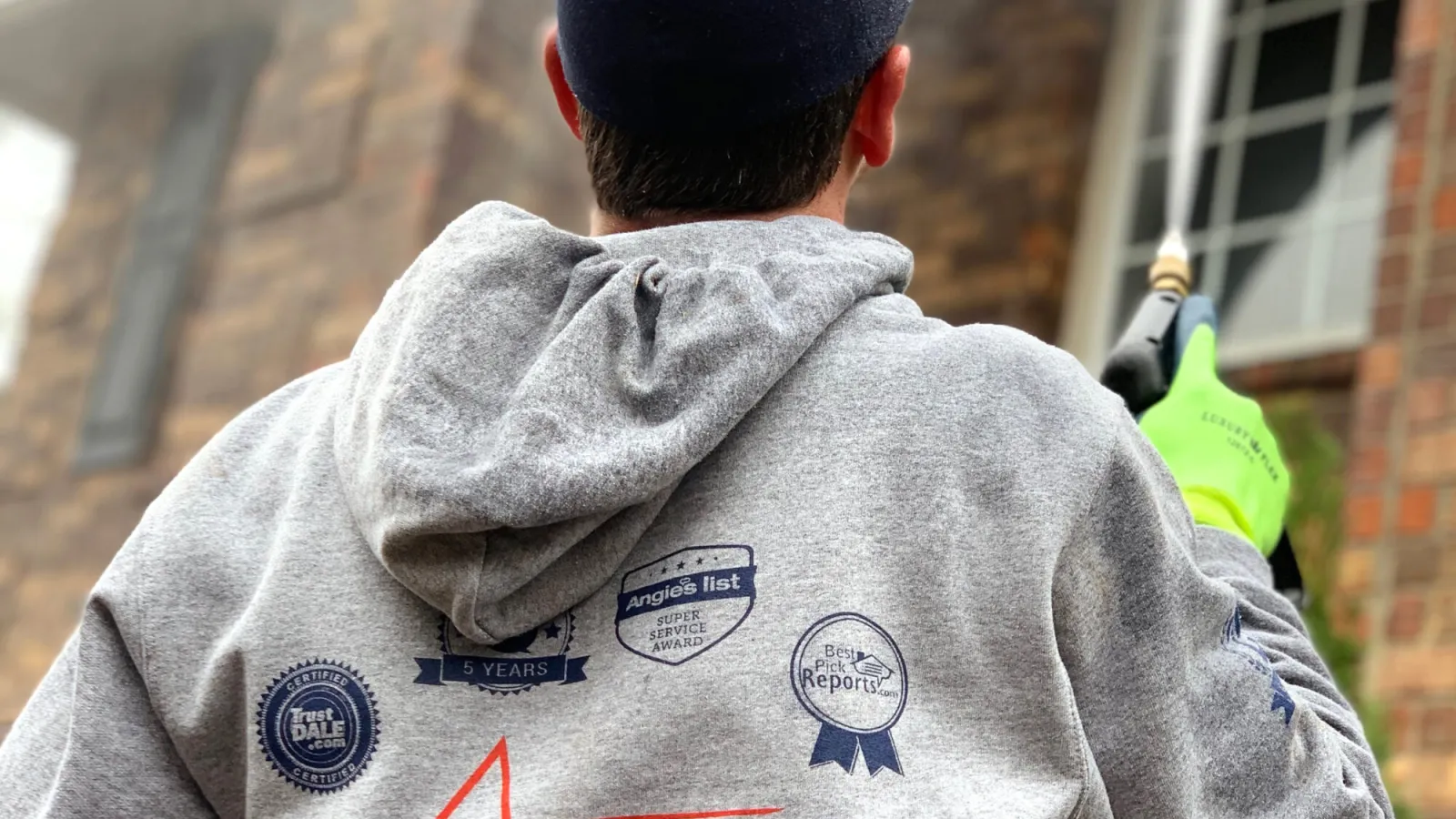If you’re wondering what to do about oil stains on your concrete surfaces, you’ve come to the right place. We’re happy to report that in most cases you can restore your concrete surface to its original clean look. In order to help you, we will first answer some common questions.
If I wipe the spill up right away, will it leave a stain?
Your best chance of not leaving a stain is by wiping up the spill immediately after it happens. If you get to it right away, it will likely come up without leaving a stain.
What will happen if I leave the spill as is?
If it’s a tiny spill, you may wonder if it’s okay to just leave it. Unfortunately, the rain isn’t going to wash it away, and if you leave the oil spill, it can damage your concrete. Oil will break down the sealant/finish on the top layer and seep into the tiny pores of the concrete, creating a permanent stain, if not taken care of. It’s best to take care of even a minor stain, right away!
What does oil do to my driveway/garage?
Oil has no trouble seeping into the tiniest indentations found in porous materials. It can even resurface after it has been treated! For this reason, it’s never a good idea to cover an oil stain with cement sealer or paint. Stains in your surfaces will not only be unsightly but will also decrease the desirability and value of your property. It’s always best to treat a stain while it’s still wet. Like dirty dishes, it doesn’t improve with time.
What steps should I take when I have oil stains on my concrete?
Here are the steps we recommend you take if you have a fresh oil stain:
Absorb
Put on rubber gloves and soak up as much as you can by using one of the following methods
- Cover the area with rags or paper towels. Press them down as much as possible.
- Cat litter is quite absorbent and can be good for this situation. It’s inexpensive and simple to use, but it may take a few times to get the oil out. Pour it over the stain and walk over it or press it down with a gloved hand. Let it sit for at least an hour before sweeping or vacuuming it up. Repeat as many times as needed.
- At most hardware stores, you can purchase a dedicated oil absorbent, which can look similar to kitty litter or come in a box or roll of absorbent pads or liners. These are specially designed to absorb oil and should work great for fresh spills.
Clean
Once you’ve soaked up as much as you can, pour concentrated soap/detergent or degreaser on the area and scrub with a stiff brush. Look for products that are non-toxic, non-corrosive, water-based, biodegradable, non-hazardous, and USDA-approved.
Liquid dish soap or laundry detergent may do the job, or you may need to purchase something that is stronger and more concentrated. Some good degreaser brands include Simple Green, Oil Eater, Goof Off, and Krud Cutter. Plan on using a lot of elbow grease (brisk, forceful arm motions)!
Using a steel brush or stiff nylon brush is extremely important. It will help you work the cleaner into the tiny nooks and crannies of the concrete.
Rinse
After scrubbing, rinse the area off with water. You can use your garden hose or a bucket. Direct the water flow toward the nearest drain (you don’t want oil in your lawn). Be sure to cover your skin, hands, and eyes.
Repeat
Oil stains can be stubborn! If you don’t get instant results, don’t give up. Repeat the processes listed above, and you’re sure to see improvement! What if it didn’t take care of the problem? Keep reading …
Poultice
If that didn’t do the trick, it might be time to consider using a poultice. A poultice is a mixture of the consistency of paste that will be left on the stained area for several hours. It’s an inexpensive and simple solution!
Poultices always use two key ingredients:
1 drawing agent
1 solvent
Here’s what we recommend:
→ Put on rubber gloves and protective eyewear.
→ Choose one of the following solvents/thinners (listed below).
→ Add one of the following drawing agents (listed below) to the solvent/thinner of choice, until the mixture is the consistency of peanut butter.
→ Use a metal spatula, paint scraper, or a garden hoe to spread a thick layer of the mixture over the stain. It should be about ½” thick, covering the entire surface.
→ Cover it with plastic wrap, and tape down the edges to keep children and pets from disturbing it, while protecting them as well.
→ Check it after 24 hours (no peeking!).
→ When cleaning it up, don’t forget to wear gloves and protective eyewear. Using your scraper of choice, sweep the poultice off the stain and dispose of the residue. Rinse the area off with a hose or hot water.
Drawing Agents:
- baking soda
- molding plaster
- chalk
- cat litter
- diatomaceous earth
- flour
- powdered sugar
- baby powder
- sawdust
Solvents/Thinners:
- paint thinner
- household detergent (for dishes or clothing)
- acetone
- bleach
- hydrogen peroxide
The poultice should leech the oil from the concrete! If this method does not work, try one of the following environment-friendly alternatives:
Eco-friendly Alternative Solutions
Single-Cell Microorganisms
Cement experts proclaim the benefits of single-cell microorganisms. They are often used for large-scale oil spills. Popular single-cell microorganism cleaners include Terminator-HSD and ACT Concrete Cleaner. The organisms are eco-friendly and actually thrive on a diet of crude oil, leaving behind a residue that can easily be wiped up once the oil is eaten away. This method is extremely eco-friendly.
WD-40
Most of us have WD-40 on a shelf in the garage! It is a water-displaced agent that contains a blend of lubricants that can cut through oil. And the good news is that it won’t discolor your driveway. Apply a generous amount of WD-40 to the motor oil stain, work it in with a steel brush, and let it sit for a half-hour. Use a garden hose, pressure washer, or boiling water to rinse away any remaining stains or chemical residues.
Coca Cola
Coke is yet another readily available and effective cleaning solvent when it comes to removing oil stains. Pour a two-liter bottle of Coke on the stain and let it soak for 24 hours. Then use a steel brush to rub in soap or detergent and water into the stain. Use boiling water to rinse it off.
D-limonene
D-limonene is a chemical concentrate derived from the rinds of citrus fruits. It’s one of the most effective eco-friendly cleaning products on the market. It won’t harm your grass, plants, or wildlife.
Preventing Future Oil Stains
One of the easiest ways to prevent future stains is to use discarded cardboard boxes as a buffer between your surface and your vehicle. Naturally, this is for a garage vs. a driveway. Cardboard flattened and spread on the floor of your garage will soak up any drips and spills.
Regular vehicle maintenance appointments will keep your car in tip-top shape, making the likelihood of spills much less.
We hope that these many options will help you know best how to take care of your oil spill. And hopefully, it won’t take much time and effort! It’s good to know that we don’t have to use caustic chemical cleaners for this problem! There are better ways to remove the stains that won’t put the environment at risk.
Remember that Advanced Pressure and Gutter Cleaning has the tools and expertise available to clean your drive and sidewalk. We would be happy to help you with anything related to the appearance of your home’s exterior. We specialize in using gentle cleaners or just pressurized water to help make your home sparkle! Please feel free to contact us anytime, with questions or to request a free quote.








